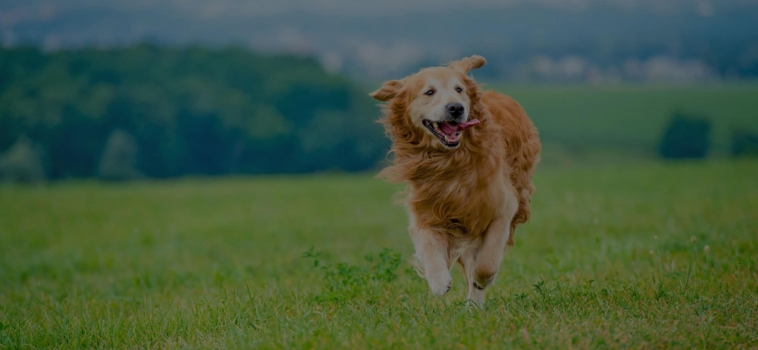Now that the weather is warming up, many of us will want to get outside to exercise and need a good running buddy. What better person than your four-legged companion? This can be a great idea for both spending quality time as well as getting your pup fit and healthy! However, there are some speedbumps you need to cross to make sure he is the right running companion for you!
A check with the vet.
It’s important that your dog has a clean bill of health before he puts on his running shoes. Talk to your veterinarian and let them know that you plan on running with your dog. They will do a full check and let you know if they are good to go. As running is high impact, you want to make sure that your dog’s joints as well as their cardiovascular system can handle the strain.
Know your breed.
Some breeds are better suited for running. Working dogs like shepherds, collies and terriers can usually handle a good run. Dogs who are brachycephalic (those pushed-in noses like bulldogs and pugs) have difficulty breathing to begin with, so running is not in the cards for them. Do your research before you start!
Start off slow.
Just like us, dogs need to build up their stamina and need to take the first few runs slow and easy. Don’t expect your pup to jump into a 5km run with you. Even though he might not complain, it’s best to take it slow for the beginning and build up their endurance gradually over time.
Paw-friendly!
Be mindful of your dog’s paws. Sidewalks/streets in the summer can get really hot, so try to stick to grassy areas or trails. Even better, trails would be a great place to run with your dog. In addition to the temperature being better for their paws, the ground is softer than roads/pavement and better on their joints (and on yours too!). Also be mindful of any glass or sharp objects when you are running. Check your dog’s paws after every run.
Hydration and Breaks.
Make sure your pup has a good slurp before you head out on your run, and always bring water with you. Take breaks as they need them and ensure that they stay hydrated. Watch your dog and listen to them. Don’t push them to run and watch for any signs of discomfort.
Equipment and basic commands.
Ideally, your pet will be focused on you and not prone to distractions that could cause him to lose focus and lunge off course. Practice basic commands before you start running. A flat collar can work for dogs who are good listeners and will keep their focus on you and the run. For any pullers or dogs who can get a little distracted at times, try a running harness. There are front clip and back clip options. Be mindful that these can cause chaffing on longer runs, so try to fit the harness to your dog and check your dog’s body throughout the run. Keep a short leash and avoid using extendable leashes.





